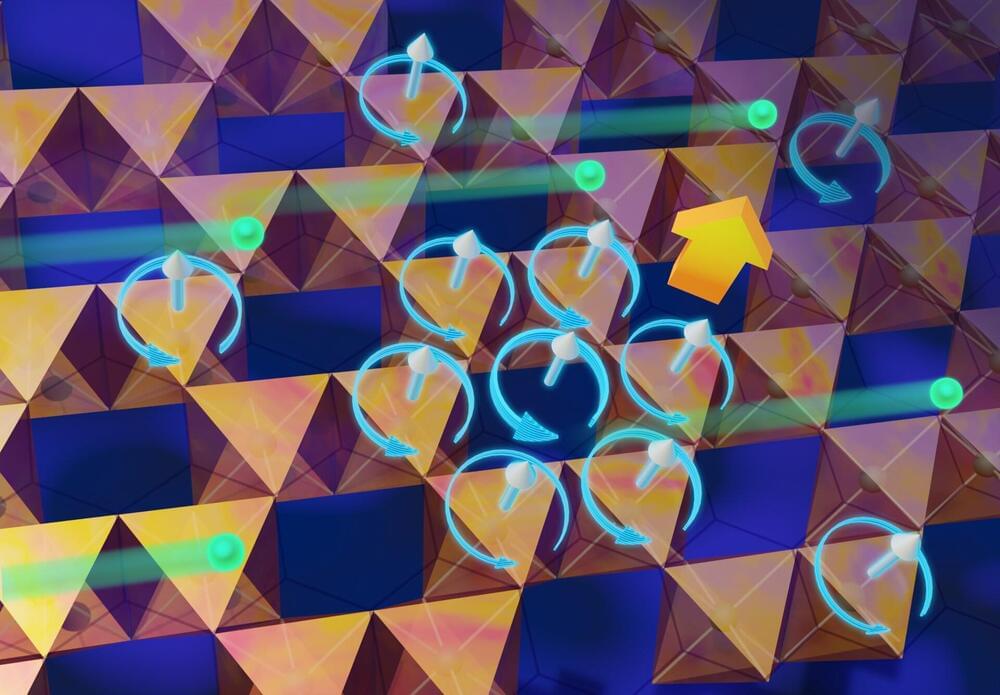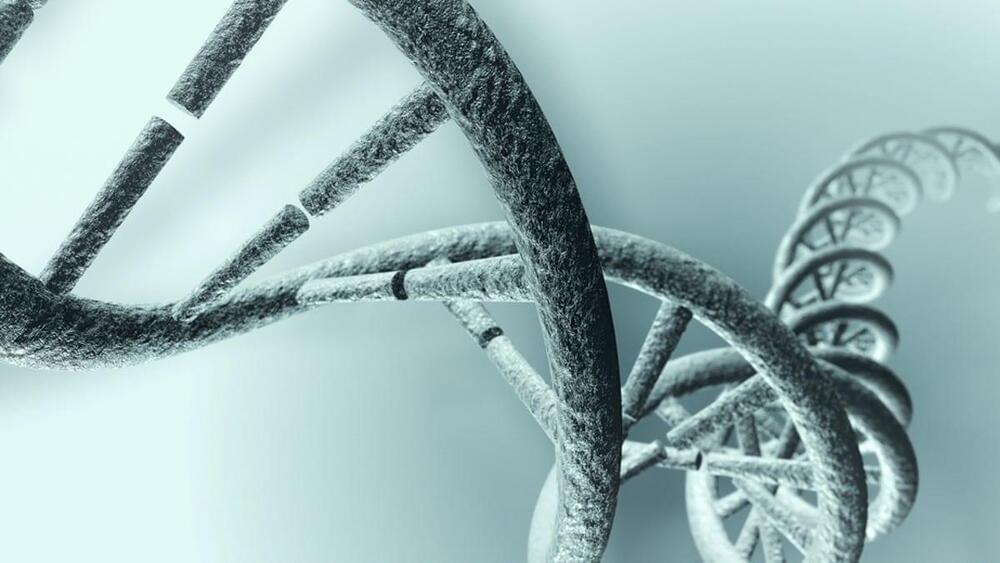Prof. Ehud Pines (pictured above) is an iconoclast. What else can you call a scientist who spent 17 years doggedly pursuing the solution to an over 200-year-old chemistry problem that he felt never received a satisfying answer using methods no other scientist thought could lead to the truth? Now, he is vindicated as the prestigious Angewandte Chemie journal published a cover article detailing how his experiment was replicated by another research group while being x-rayed to reveal the solution Prof. Pines has argued for all along.
The question at hand is: How does a proton move through water? In 1,806, Theodor Grotthuss proposed his theory, which became known as the Grotthuss Mechanism. Over the years, many others attempted an updated solution realizing that strictly speaking, Grotthuss was incorrect, but it remained the standard textbook answer. Until now.
Prof. Ehud Pines suggested, based on his experimental studies at Ben-Gurion University of the Negev in the Department of Chemistry, together with his PhD student Eve Kozari, and theoretical studies by Prof. Benjamin Fingerhut on the structure of Prof. Pines’ protonated water clusters, that the proton moves through water in trains of three water molecules. The proton train “builds the tracks” underneath them for their movement and then disassembles the tracks and rebuilds them in front of them to keep going. It’s a loop of disappearing and reappearing tracks that continues endlessly. Similar ideas were put forward by a number of scientists in the past, however, according to Prof. Pines, they were not assigned to the correct molecular structure of the hydrated proton which by its unique trimeric structural properties leads to promoting the Grotthuss mechanism.

















